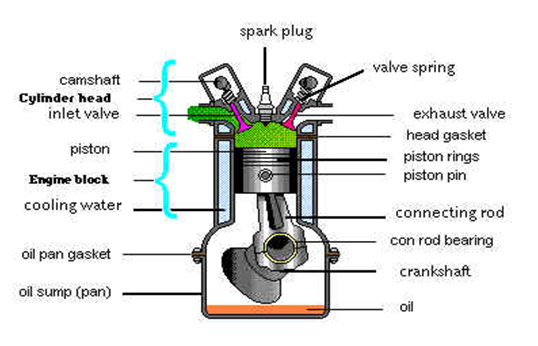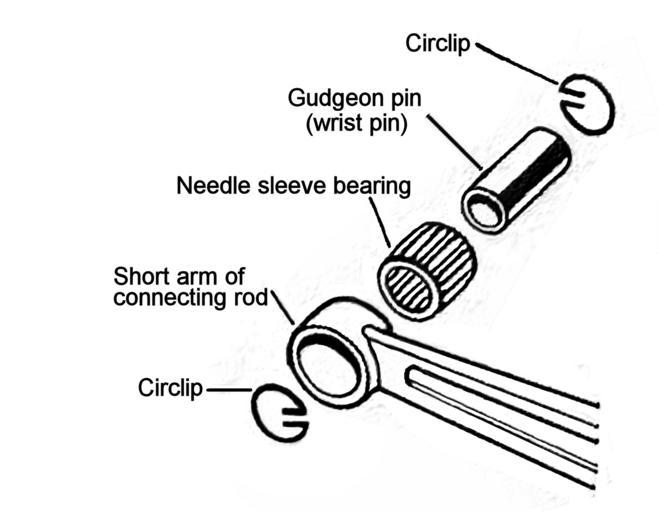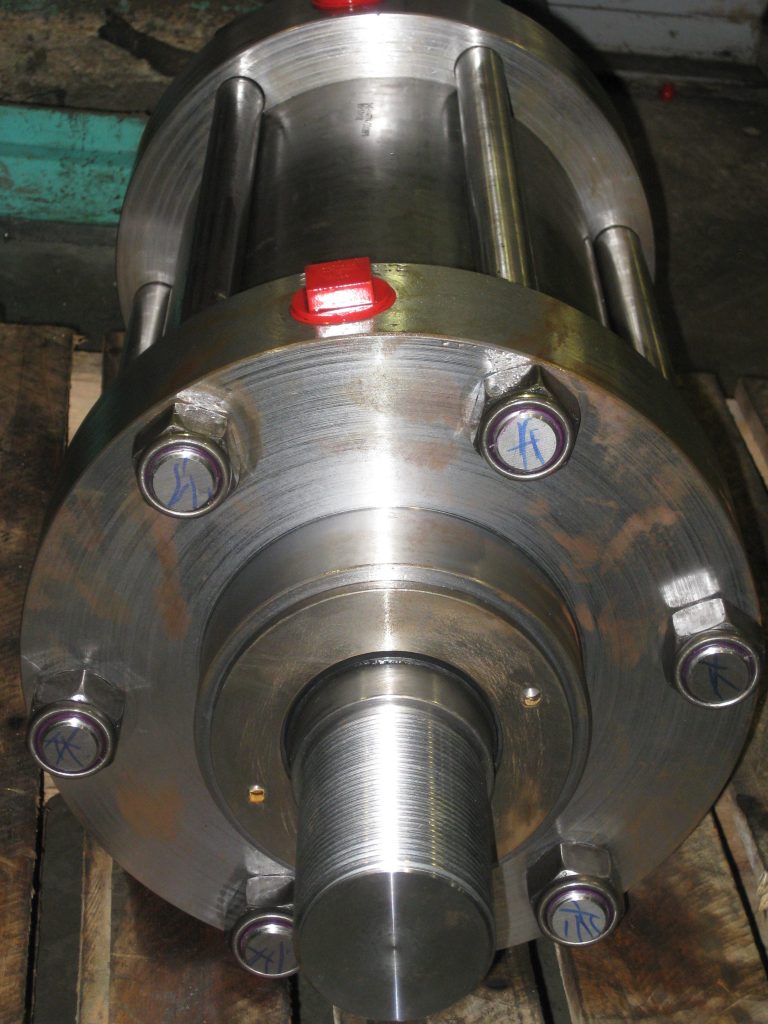Some Helpful Tips Concerning the Connecting Rod Bearing
Contents
– Connecting rod bearing: description
– Some helpful tips concerning the connecting rod bearing
Since the creation of the first car bodies, the basis of mechanics involves interactions of mechanisms and friction between parts. The lubrication of these parts is therefore essential to avoid their rapid deterioration.
The solution to reducing this friction was to insert a ring in a soft and adapted material: the “bearing” of connecting rod, crankshaft or camshaft, all made in the same way. Let’s take a closer look at this connecting rod bearing.
Connecting rod bearing: description

The bearing is made of two half-bearings; it follows the inner shape of the connecting rod on the crankshaft side.
It is often smooth but may have a central groove for lubrication; in addition, one of the half-bearings has a hole for oil passage. It is fitted with a positioning pin for installation.
Initially, the bearing was manufactured from an anti-friction material (an alloy of lead, tin, copper, antimony and nickel; this composition is variable depending on the hardness to be obtained or the melting point chosen). The “mechanic artist” had to precisely adjust the crankshaft and connecting rod without any play or hard spots.
Nowadays, it is made of a combination of soft metals (lead, tin, aluminum, bronze, etc.) that undergo various electrolytic, chemical and thermal treatments.
Required qualities of the connecting rod bearing
The interface between 2 hard metal parts (connecting rod and crankshaft) would be quickly destroyed by metal tearing if they were in direct contact. It must therefore be:
– strong enough to withstand the high-pressure forces transmitted by combustions;
– soft enough to reduce friction;
– light to reduce the inertia forces induced by the motor rotation;
The first two qualities mentioned being contradictory, and knowing that the friction of two metal parts leads to metal tearing, it is essential to lubricate the bearing well.
Connecting rod bearing: lubrication
Indeed, lubrication is essential for the life of the bearing, and consequently, of the connecting rod and the crankshaft.
For this purpose, a film of pressurized oil must be inserted between the bearing and the crankpin (part of the crankshaft in contact with the connecting rod bearing).
The pressurized oil is supplied through internal crankshaft lines, including one that opens onto the crankpin. The oil fills the bearing’s central groove (a narrow cut in the metal) and thus acts as a barrier between it and the crankpin, allowing for lubrication while preventing direct contact between them.
Some helpful tips concerning the bearing

If you are at this stage, it means that you already have some expertise in engine renovation. Nevertheless, here are some modestly valuable hints:
– Although the installation of new bearings is relatively simple, it is essential to work under strict cleanliness conditions. The interposition of a foreign object between the bearing and the connecting rod or between the bearing and the crankpin can cause deformation of the bearing and rapid wear of the bearing.
– Always pre-grease by coating the bearings with oil and always check the dimensions of the bearings, knowing that there are several repair dimensions (pre-mount the bearing halves in the connecting rod and compare its internal diameter with that of the crankpin).
– The tightening procedure recommended by the manufacturer must be strictly adhered to (dynamometric tightening – angular tightening – replacement of bolts or screws, etc.).
– As it is well known that the bearing and the connecting rod must never be in direct contact with each other to avoid destruction (even in a short time!), the starting phase of a reconditioned or standard exchange engine is essential for its stability.
You must carefully observe the following procedure:
– Remove the spark plugs for a gasoline engine, injectors or glow plugs for a diesel engine to avoid pressurizing the cylinders (thus, no stress on the bearings).
– To prevent activating the injectors and the ignition for the gasoline engine, start the engine directly with the starter without intervening at the ignition.
– Once the above conditions are met, connect an oil pressure gauge to the lubrication circuit and wait for the circuit to be pressurized.
– Only then can you start the engine and check that the nominal oil pressure values (manufacturer) are complied with.


